First, a message from your friendly (excuse the pun) neighbor-hood Totoro, as an apology for the bomb I’m about to drop on you.
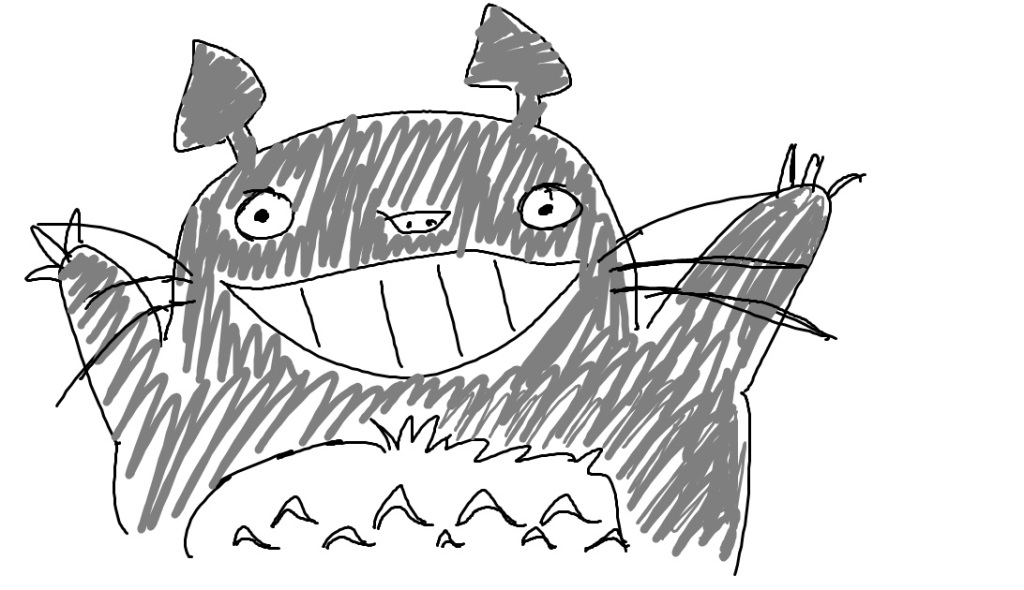
More things I have learned today: A tablet computer does not an artist make. Art by me.
In my apartment, Totoro is a frequent topic of discussion. I kind of assume that Totoro is a frequent topic of discussion in households everywhere, but just in case he isn’t, I would like to impart some wisdom upon which this discussion has recently stumbled: Totoro has some dark-ass roots.
I wish I were talking about his hair color here, but I am not. In fact, there are two different origin stories that I’ve been researching obsessively since I heard about them, attempting desperately to prove that My Neighbor Totoro, the film that brought Totoro into existence, is nothing more than a really adorable movie about some really adorable kids and their really adorable forest-spirit friends.
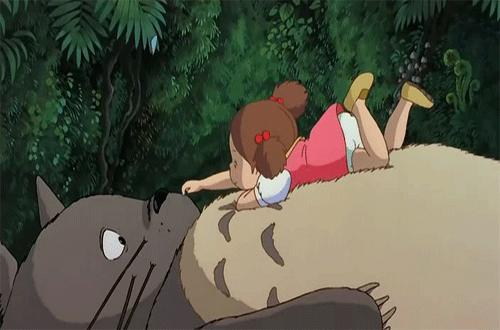
Unfortunately, I have learned two new… let’s call them origin stories, for lack of a better term… that would argue the contrary. In order to keep you from seriously going off the deep end, I will present them in a two part post — one today, one tomorrow, that reveals some of the darker edges around Totoro’s furry belly.
Part One: “The Sayama Case” or “Are Mei and Satsuki dead?”
My roommate came home the other day and told me a story he had heard from a classmate who happens to be from Japan. “So My Neighbor Totoro is apparently based on a real-life murder case of two little girls, and Totoro is supposed to be a spirit of death.” Well, we live in the age of the internet, so my instant reaction was to google “Totoro based on a true story”. Go ahead, google it. Back?
At the time of writing this article, that search garnered 645,000 results. The sources are from all over the world, in English as well as Japanese, and stories range from “MIYAZAKI WROTE TOTORO AS A MESSAGE OF DEATH” all the way to “Well, isn’t this quite the coincidence **wink wink**” In order to save you some time and offer you what I think is the best explanation, I have broken my findings into two sections:
The Case
The Sayama Incident refers to the details surrounding a 1963 murder case which took place in Sayama City, Japan, 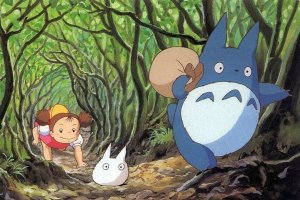 wherein a teenage girl named Yoshie Nakata was kidnapped and later found dead. While a man was eventually convicted of the murder, many sources still contest his guilt in the case. Kazuo Ishikawa, the man arrested, is a member of the Buraku minority, which is often discriminated against because of their status as laborers. Most of the information online about the Sayama Incident is split into two categories: sites contesting Ishikawa’s guilt, and those relating the case to Totoro.
wherein a teenage girl named Yoshie Nakata was kidnapped and later found dead. While a man was eventually convicted of the murder, many sources still contest his guilt in the case. Kazuo Ishikawa, the man arrested, is a member of the Buraku minority, which is often discriminated against because of their status as laborers. Most of the information online about the Sayama Incident is split into two categories: sites contesting Ishikawa’s guilt, and those relating the case to Totoro.
There are some reports that Yoshie’s sister, after finding her body, returned home driven crazy by the sight of her murdered sibling. Others state that the family, which included three boys and two other girls, was being raised by a single father while their mother was hospitalized for a brain tumor. If these facts were true, and I can not verify nor deny them with any certainty, then they would certainly strengthen the case for Miyazaki drawing inspiration from the Sayama Incident. Without these facts, however, the ties are loose where they do exist.
The Theory
What most of these theories boil down to is this: Totoro is a harbinger of death. Mei dies first, like Yoshie in the Sayama Incident, and when Satsuki goes looking for her sister, her own meeting with Totoro dooms her as well. Adding to this idea are the theories that the movie is told in a non-linear fashion and that the girls die early on. The final scene is supposed to be a flashback to the beginning of the movie, before their mother was checked into the hospital. Furthermore, the scene where the girls and the troupe of Totoros create the giant tree in their backyard and sit in its branches, their father is actually writing a story about his children who have already died. As he imagines the story, he sees it manifest outside his window.

According to certain Totoro fan sites, when Yoshie’s sister returned from finding her body in the woods, she was rambling about a raccoon creature, and a cat monster, which inspired both Totoro and the Cat Bus. I have not been able to find any factual reports or exact quotes. Instead, I have found other, more plausible explanations of both Catbus and Totoro’s origins. The catbus is definitely inspired by the Japanese legend of the Bake-neko, or a cat which has gained magical powers to transform and transport the dead into the after-life. and Totoro is in some part based on Japanese racoons or Tanukis–with or without the tragic insanity of Yoshie’s sister.
The only part of the theory that I believe holds water in relation to catbus is the fact that, once Sataskui sets out to find her sister, his destination changes simply to “Mei” rather than a real location. This might indicate that Mei is nowhere in this world, and in order to find her they will have to traverse over to where she can be found.
While watching the movie again yesterday, I’m not sure how much of the theory I actually believe, although if the
translations and other cultural explanations on my.opera.com are accurate, I might be more willing to see the sinister side of a movie that otherwise just makes me smile. Granny’s character can see Mei and Satsuki long after Mei runs into the forest the first time, and Kanta (who we prefer to call the Maytag man) continues to interact with them while they wait in the rain.
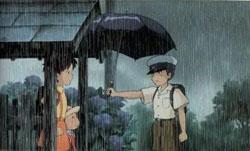
Miyazaki’s comments on the film have also run contrary to elements of this theory. While some argue that the statues sitting behind Mei while she is lost are indicators of her death, Miyazaki has explained that they were actually spirits which he used to illustrate the fact that she is safe and will find her way home.
While there are definitely similarities between the the Sayama Incident and elements of Totoro, without more hard evidence or comments from the filmmakers I don’t know that there’s enough of a case to actually claim that the movie is entirely based on the real-life events. The next theory, regardless of which version you want to believe, is incontestably tragic and very real.
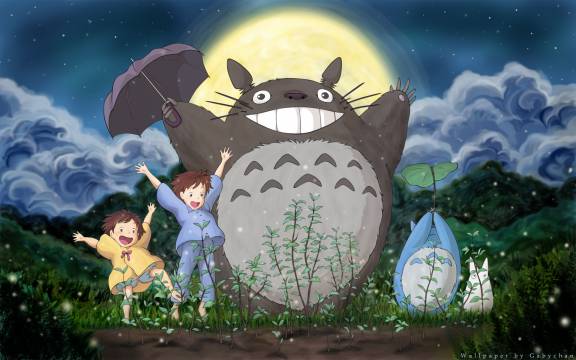
Don’t forget to check out Two New Ways to Watch Totoro (You Won’t Like Either One): Part Two, when I will share with you the saddest origin story you ever did hear. (Hint: It has to do with the end of World War II. From the Japanese perspective.)










